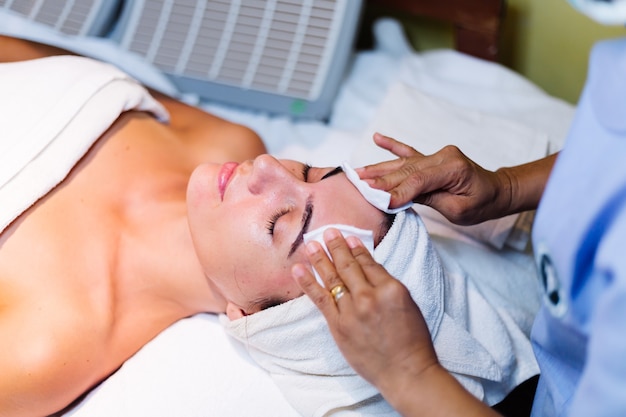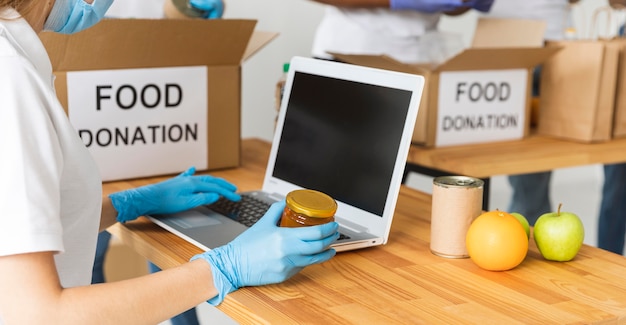
Ensuring food safety and preventing foodborne illnesses hinge on maintaining excellent food hygiene practices. Even after getting trained in Food Hygiene and Safety, many people tend to forget the basics when cooking daily. Whether you’re a professional chef or a home cook, steering clear of common errors can help create a safer and healthier cooking environment.
One frequent mistake is not washing hands properly. A quick rinse isn’t enough; thorough handwashing involves scrubbing with soap for at least 20 seconds, especially before cooking and after handling raw foods like meat or seafood. Not washing hands correctly can spread pathogens like Salmonella and E. coli, leading to serious illnesses. To avoid this, always wash hands with soap for 20 seconds and dry them with a clean towel or air dryer.
Another common issue is cross-contamination, where bacteria from raw food is transferred to cooked or ready-to-eat items, often due to using the same cutting board without cleaning it properly. It’s essential to use separate cutting boards for raw meat and other foods and disinfect surfaces and utensils after handling raw ingredients.
Ignoring expiry dates can also pose health risks, as consuming expired food is unsafe. Always check expiry dates and use older items first by rotating your stock.
Improper food storage temperatures provide another complication; bacteria thrive between 5°C and 63°C. To prevent this, keep your fridge below 5°C and refrigerate leftovers within two hours.
Thawing food at room temperature is risky since it allows bacteria to grow rapidly. Instead, thaw food in the fridge, under cold water, or in the microwave.
Personal hygiene matters too. Contamination can occur if someone handling food is ill or wears unclean clothing. Always wear clean clothes, tie back long hair, and avoid preparing food when sick.
Cooking food to the right temperature is vital to kill harmful bacteria. Use a food thermometer to ensure food has reached the proper internal temperature, especially meat.
Reusing utensils without washing them can lead to cross-contamination. Use different utensils for raw and cooked foods and clean them immediately after use.
Washing fruits and vegetables is another important step. Although they may appear clean, they can carry bacteria or pesticides. Rinse them under running water and scrub firm produce with a clean brush.
Lastly, forget about cleaning kitchen surfaces can leave bacteria from raw foods on worktops and cutting boards. Clean and disinfect all surfaces after preparing food to avoid contamination.
Prioritizing food safety is key to protecting your health and that of others. Being aware of these common food safety missteps and taking steps to avoid them ensures that the food you prepare remains safe and nutritious. By keeping these top 10 mistakes in mind, you’ll be on your way to mastering safe cooking techniques.









